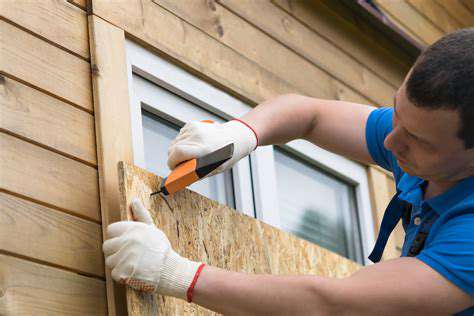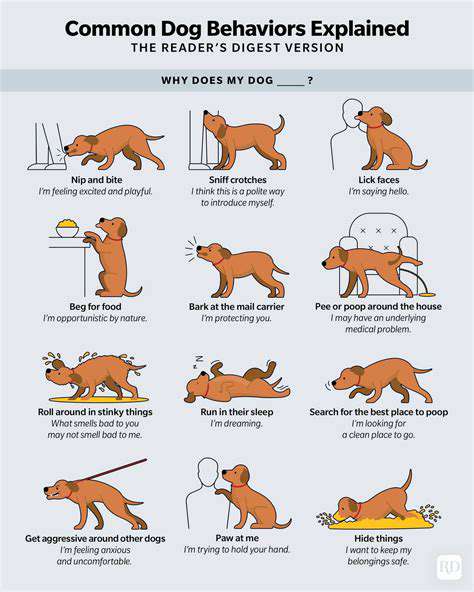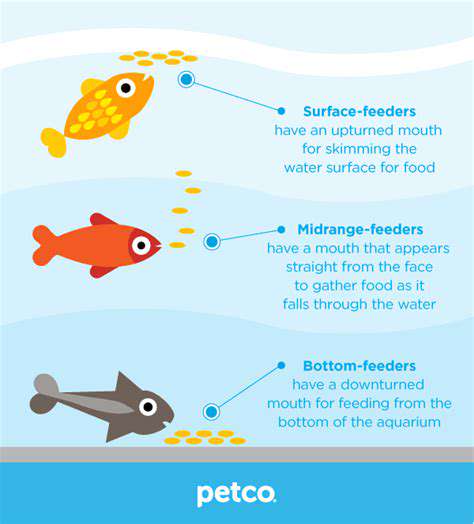Bringing Home a Foster Pet: What to Expect
Consider your household dynamics carefully. Do children or elderly family members share the space? Are there allergies to account for? These factors will determine what type of foster pet can thrive in your environment. Keep a journal for a week documenting your comings and goings - this reveals patterns you might overlook.
Evaluating Your Home's Strengths and Weaknesses
Every home has quirks that affect pet compatibility. Hardwood floors show scratches more than tile, while carpet traps fur. Measure doorways and staircases - could a large dog navigate them comfortably? Test your space by pretending to care for an invisible pet for a day. Where would food and water bowls go? Is there a quiet corner for a litter box?
Create a safety checklist: secure loose wires, check for toxic plants, and identify escape routes. One foster parent discovered their backyard fence had gaps only when their temporary beagle squeezed through. It's these small details that make or break a successful fostering experience.
Considering Your Future Needs and Goals
Fostering isn't just about the present moment. Ask yourself: Could this lead to permanent adoption? Will your living situation change in six months? Be brutally honest about your capacity for commitment. Some pets need months to recover from trauma before being adoption-ready.
Think about seasonal changes too. That perfect sunroom for a cat in summer might become an icebox in winter. If you're considering fostering different animals throughout the year, how will your space adapt? Flexibility is the hallmark of great foster homes.
Preparing Your Home for a Foster Pet's Arrival

Initial Preparations
The moment you agree to foster, start gathering supplies. Local shelters often provide starter kits, but personalize your setup. Create a sanctuary room where the pet can decompress - this should contain familiar items like the blanket they arrived with, plus new comforts.
Prepare an emergency contact list including your assigned case worker, a 24-hour vet, and a trusted neighbor who can help if you're unavailable. This safety net gives everyone peace of mind.
Creating a Safe and Comfortable Space
Pet-proofing goes beyond baby gates. Get on your hands and knees to see hazards at pet level. That loose floorboard? A curious nose will find it. Those dangling blind cords? Potential strangulation risks. Install temporary solutions like cord wraps and outlet covers that can be removed later.
Temperature matters more than we realize. Place thermometers in pet areas - reptiles need specific gradients, while small mammals dislike drafts. Your comfort zone might be uncomfortable for them.
Establishing Clear Rules and Expectations
Decide house rules before arrival. Will furniture be allowed? What about human food? Consistency reduces stress for everyone. Create visual reminders if needed - a sign by the table reminding No people food for Fido.
Develop a communication plan with all household members. Who handles feedings? Who takes the pet to appointments? Clarity prevents oversights that could harm the animal.
Arranging for Necessary Supplies
Beyond basics like food and bedding, consider species-specific needs. Rabbits require hay racks, birds need varied perches, and fish tanks must cycle before use. Improper setups can undo weeks of rehabilitation progress.
Prepare enrichment options at different difficulty levels. A fearful dog might need simple snuffle mats before attempting puzzle toys. Match challenges to the pet's current capabilities.
Addressing Potential Challenges
Anticipate setbacks. Even perfectly prepared homes encounter surprises like separation anxiety or resource guarding. Document behaviors meticulously - these notes help trainers and future adopters.
Build your support network before crises hit. Know which vet specializes in your foster's species, which friend can pet-sit in a pinch, and where to turn for behavioral advice. No foster parent succeeds alone.
Understanding Your Foster Pet's Needs and Behaviors

Understanding Your Foster Pet's Needs
Each animal arrives with invisible baggage. Senior pets often hide pain, while rescues may have food insecurities. Learn their tells - the ear flick that means discomfort or the tail position signaling anxiety.
Track everything initially: elimination patterns, food preferences, sleep cycles. This data reveals normal versus concerning behavior. One foster realized their cat's aggression was actually play frustration when charts showed it always occurred at 3 PM - prime hunting time.
Assessing Your Home Environment
Pets experience spaces differently. That cozy nook you love might feel like a trap to an anxious animal. Provide multiple escape routes in every room. Use baby monitors to observe how they behave when alone.
Rotate toys weekly to prevent boredom, but always keep one familiar item. This balance between novelty and security accelerates adjustment.
Establishing a Routine
Structure provides safety. Feed at identical times daily, using the same bowl placement and verbal cues. Predictability builds trust faster than affection alone.
Create transition rituals too. Always play the same soft music during nail trims, or use a specific blanket for car rides. These consistent associations reduce stress during challenging activities.
Addressing Potential Behavioral Issues
Behavior is communication. That bad dog chewing walls might need more appropriate outlets for anxiety. Rather than punish symptoms, address root causes. Consult professionals early - waiting often worsens problems.
Keep an incident log noting time, location, preceding events, and exact behaviors. Patterns emerge that simple memory would miss.
Providing Enrichment Activities
Mental exercise tires pets more than physical activity alone. Hide treats in cardboard boxes stuffed with newspaper, or freeze kibble in ice cubes for summer entertainment. The best enrichments cost nothing but creativity.
Rotate three sets of toys weekly to maintain novelty. Include items that mimic natural behaviors - digging boxes for terriers, climbing structures for cats. Species-appropriate play prevents problem behaviors.
Communicating with the Original Owners
If fostering through an owner surrender situation, request a detailed history. What soothed them during thunderstorms? What treats caused digestive issues? These details smooth the transition immeasurably.
Share weekly updates with photos and milestones. This maintains connection while demonstrating your excellent care. One foster's detailed notes helped reunite a dog with its military owner after deployment - the soldier knew exactly how to reintroduce himself.










